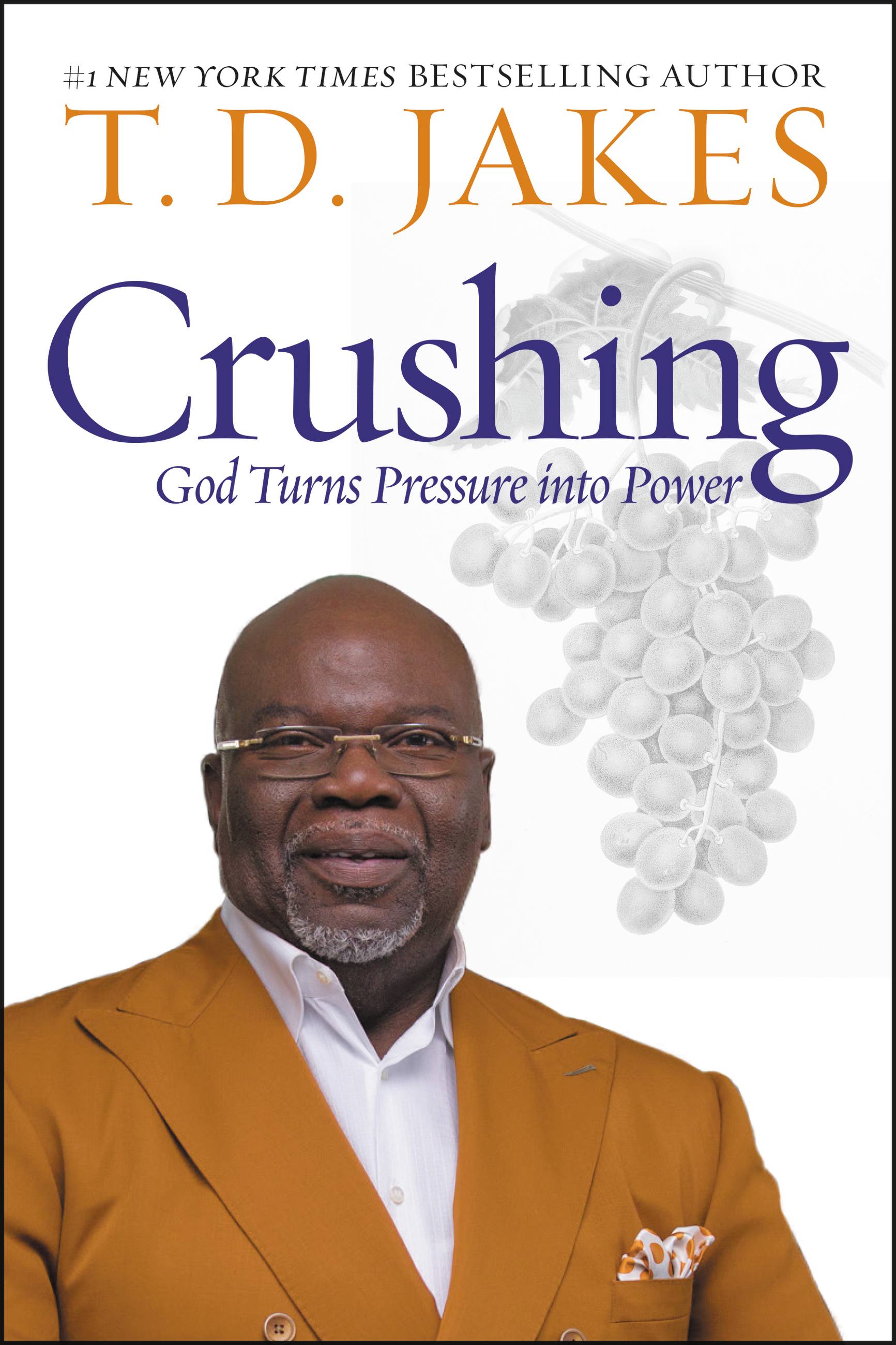A Dictionary of Creation Myths
by David Adams Leeming
2020-05-05 22:30:10
A Dictionary of Creation Myths
by David Adams Leeming
2020-05-05 22:30:10
"God made Heaven, and then, after measuring the space underneath with a ball of thread, he began to form the earth. A mole asked to help, and God gave him the thread to hold while he wove the patterns of the earth. Sometimes the mole would let o...
Read more
"God made Heaven, and then, after measuring the space underneath with a ball of thread, he began to form the earth. A mole asked to help, and God gave him the thread to hold while he wove the patterns of the earth. Sometimes the mole would let out too much thread, and finally the earth grew too large for the space under heaven. The mole was so upset that he hid under the earth. God sent the bee to look for him; he wanted the mole's advice on what to do about the mistake. The bee found the mole and he just laughed at the idea of advising God. The bee, however, hid in a flower and overheard the mole mumbling to himself about what he would do if he were God. 'Iwould squeeze the earth,' he said. 'That would make mountains and valleys and make it smaller at the same time.' When the bee heard this, he went directly to God and told him. God did what the mole had said, and everything fit fine." The myth of Rumanian Creation in which God weaves the earth from a ball of thread is just one the many stories that make up the wonderous world of creation myths. In virtually every culture throughout the ages, creation myths have played a vital role in providing not only explanations of the origins of societies but also specific cultural identities—serving as a "projection of an aspect of a culture's soul." Covering thousands of years of intricate creation tales, A Dictionary of Creation Myths is the first and most comprehensive work devoted to creation myths from cultures throughout the world. With an easy-to-use A-Z format, this around-the-world tour provides access to information on the beliefs (both exotic and ordinary) of ancient civilizations from Sumeria and Babylonia to Egypt, Greece, and ancient Rome, from India and China to Japan and Indonesia, as well as the rich mythological history of Native Americans, the indigenous peoples of Australia, and many other cultures. We read of the creation myth of the Diegueno tribe of southern California in which the creator, Tu-chai-pai, made the earth female and the sky male and then formed mud into people; and the myth of Japanese creation in which Izanagei, and his sister Izanami, watch the first land form from ocean water dripping from Izanagi's spear. Alongside these ancient beliefs are the more modern, such as Darwin's theory of evolution and the big bang theory. Each entry identifies the culture associated with the myth, and each myth is retold in clear, eloquent prose, with extensive cross-referencing to guide readers to other entries. Throughout, the authors share insightful analyses of the surprisingly intricate relationship of certain myths across cultures, regions, and time. From cosmic eggs and the Garden of Eden to the Spider Woman and the Gaia Principle, from myths of the apocalypse and the great world religions to myths of love, re-birth, and science, this guide illuminates the phenomenon of creation from all aspects of the human experience. Richly illustrated, A Dictionary of Creation Myths is essential for anyone who has ever wondered how the world was created, where we came from, or why we are here at all.
Less











.jpeg)














.jpg)





